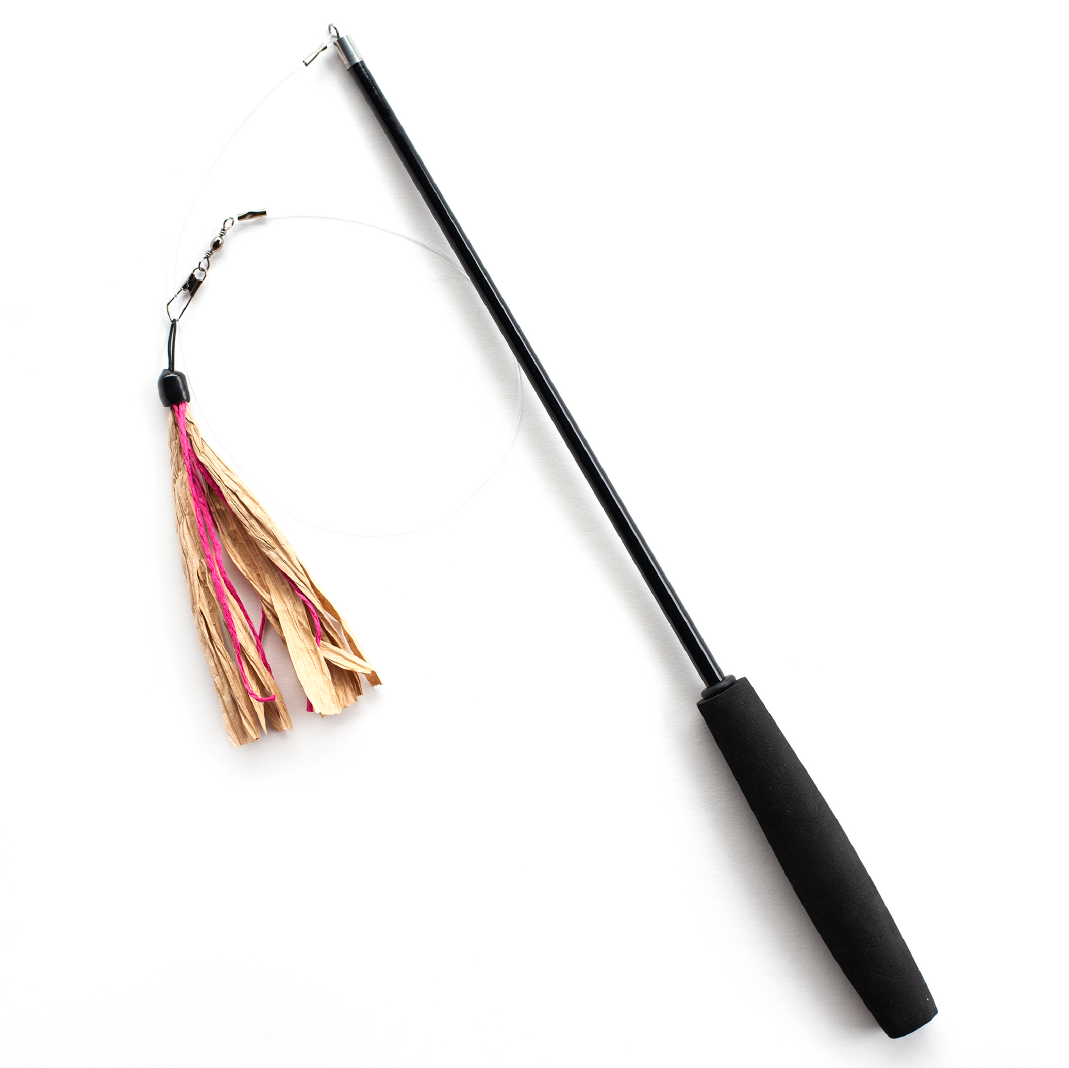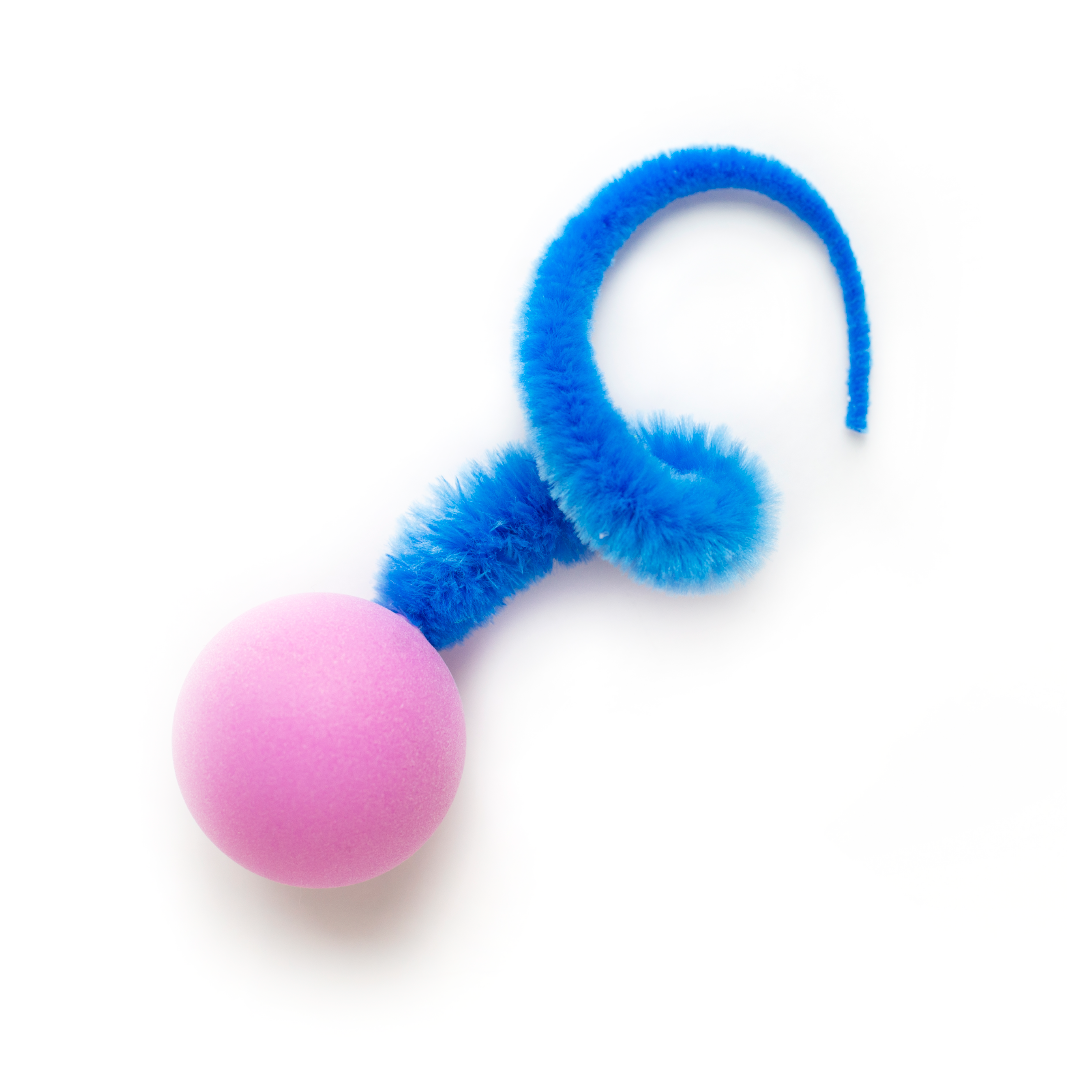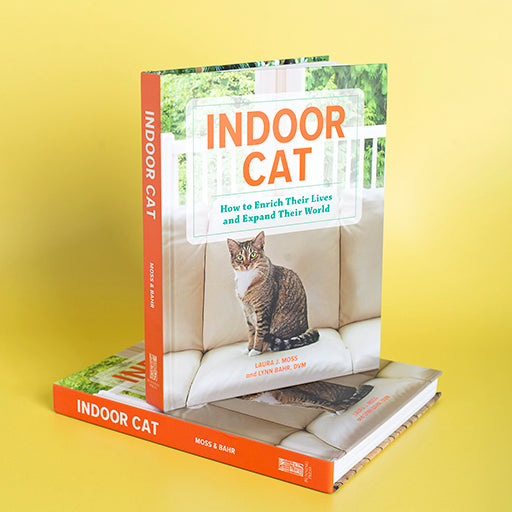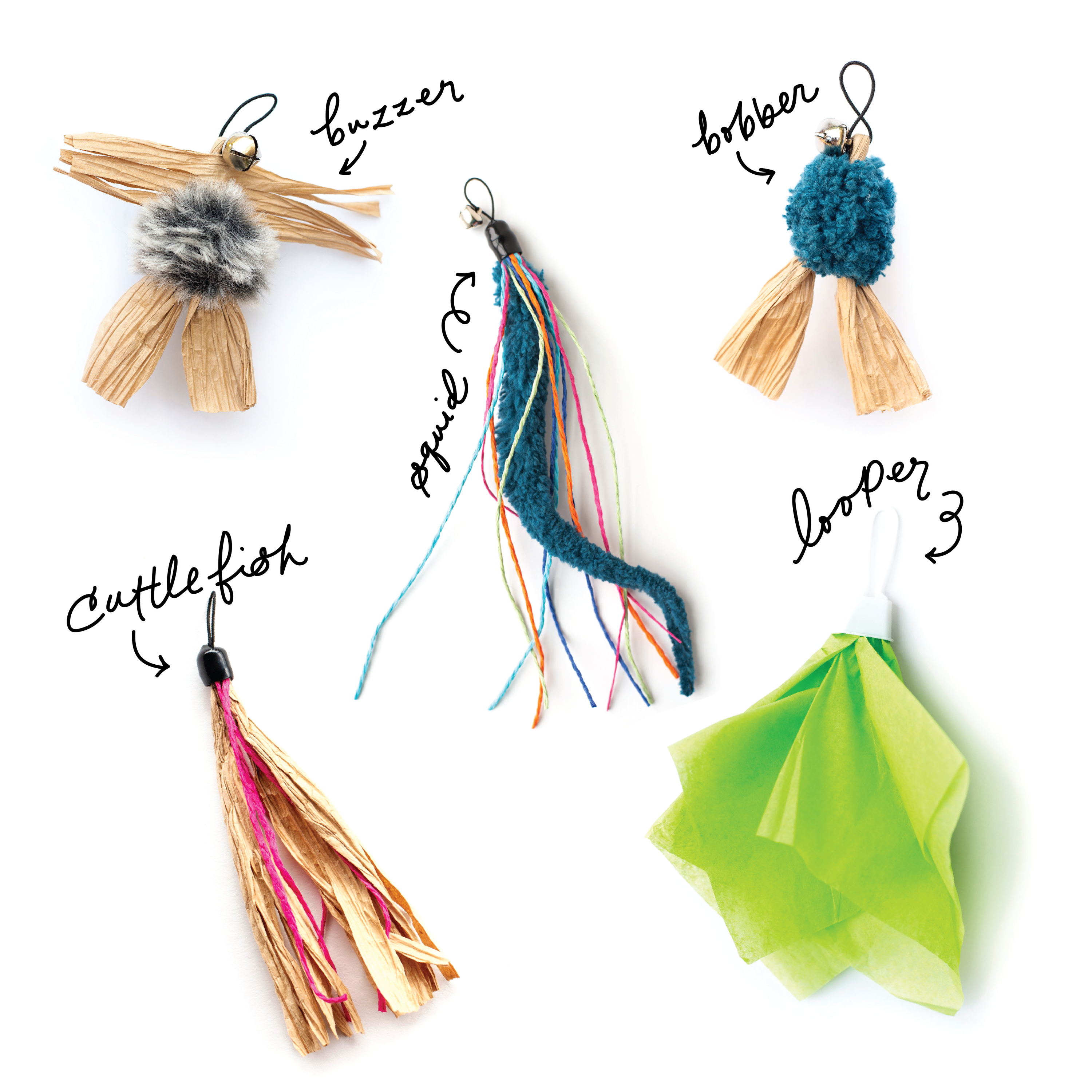You Adopted a Declawed Cat, Now What?

If you've seen us around the internet, you'll know we are heavy on the anti-declaw. I've been 100% against this procedure since day one and have never performed a declaw in my 30 year career as a feline-only veterinarian. So while we at Dezi & Roo are strongly opposed to declawing, we understand that you may have adopted a cat who was declawed by their previous owner. And if this is you, thank you for giving your declawed kitty a loving home. There are some challenges with declawed kitties, but with a little attention and environmental adjustments, we can help make their lives more comfortable.
The Challenges of Declawing
Declawing isn’t simply removing a cat’s claws—it’s the amputation of the last bone in each toe. This procedure can lead to a range of long-term complications. Without their claws, which are essential for balance, grip, and stability, declawed cats tend to struggle with secure footing. This can make activities like running around or jumping more difficult, as they may feel unsteady or insecure when landing. When they can't play well, their confidence falls short, and can lead to less active, playful behavior.
Hidden Pain and Behavioral Changes
Cats are masters at hiding pain. It’s rare for a declawed cat to limp or show obvious signs of discomfort, even if they’re hurting. Instead, they may show more subtle behavioral changes, such as:
- Going outside the litter box: If a declawed cat’s paws are sore, they may associate the litter box with discomfort, leading them to avoid it altogether.
- The Grumps: A cat in pain may become more temperamental and irritable (understandable) and lash out.
- Reclusive behavior: Some declawed cats may become more withdrawn, spending more time hiding or avoiding interaction.
- Reluctance to jump: You might notice your cat hesitating or refusing to jump up or down from furniture, likely because the impact can be painful on their joints.
- Reduced grooming or play: Declawed cats may stop playing as much as they once did or groom themselves less frequently due to discomfort or lack of mobility.
Declawed Cats in Multi-Cat Households
Declawed cats may experience social difficulties in multi-cat households. Without claws to defend themselves, they can become vulnerable to bullying from other cats. Additionally, chronic pain from the declawing procedure can make some cats feel grumpy or vulnerable, leading them to lash out at other cats. This discomfort can make them aggressive in situations where they might have otherwise retreated, and in some cases, they may even become the household bully. On the other hand, their lack of defense can also cause them to be targets of bullying from other cats, further contributing to stress. If you have multiple cats, it’s important to monitor interactions and ensure that the declawed cat has safe spaces where they can retreat if they feel threatened.

Arthritis and Aging
As declawed cats age, they are at greater risk for arthritis due to the unnatural strain placed on their joints from the amputations. Over time, this can lead to chronic pain, stiffness, and decreased mobility. Even if your cat doesn’t show visible signs of limping, subtle changes in behavior like avoiding stairs, slow movement, or hesitation to jump can indicate joint pain. Regular check-ups with your vet can help monitor and manage arthritis as your cat ages.
Watch for Nail Regrowth and Complications
In some cases, declawed cats may experience abnormal nail regrowth if the claws were not fully removed. This regrowth can occur under the skin, causing painful abscesses or infections. Any reluctance to walk, play, or jump should be checked by a vet to rule out these complications. Regular paw checks and vet visits are essential for ensuring that your cat stays pain-free.
Creating a Safe and Comfortable Home
Since declawed cats can often feel unsteady or less secure, it’s important to make your home environment as comfortable and safe as possible:
- Soft, non-slippery surfaces: Place rugs or carpets in areas where your cat frequently walks or jumps to help them feel more steady-footed.
- Easy access to favorite spots: Use ramps or low platforms to help your cat reach their favorite spots without needing to jump up or down.
- Cozy hideaways: Create safe and quiet spaces where your cat can retreat if they feel stressed or vulnerable, especially in multi-cat homes.
Litter Box Adjustments for Comfort
Declawed cats are often sensitive to the texture of litter. Hard or clumping litters can irritate their paws, so they tend to do their business right outside of the litter box. As frustrating as it is when this happens, just know they aren't revenge pooping. They're probably just as frustrated. Try switching to a softer, dust-free litters, like paper-based or pine-based options, which can be more comfortable for their sensitive feet. If your cat is avoiding the litter box, changing the type of litter might help encourage proper use.
Gentle Play and Enrichment
Even though declawed cats may be less active due to discomfort or balance issues, they still have strong instincts to hunt and play. Interactive toys that don’t require claws for gripping are ideal for declawed cats. Our ring toy collection—the Oh-Ring, Flutter-Ring, and A-Lure-Ring—were designed for easy catching, allowing cats to engage in playful hunting without needing claws to grasp the toy. These toys mimic prey movements and give your cat the satisfaction of catching and batting at something without frustration.

For declawed cats who enjoy rooting behaviors, the Magic Carpet is perfect. This interactive toy allows your cat to dig, pounce, and burrow, stimulating their natural instincts in a safe and comfortable way.
Our Hide and Sneak play tunnel offers a cozy, secure space for declawed cats to retreat and feel safe. You can enhance their play experience by running a wand or stick toy along the outside of the tunnel to encourage your cat inside to bat or chase the crawling stick. It’s a great way to combine play with the comfort of a hideaway.
Emotional Enrichment and Stress Relief
Declawed cats may feel frustrated or anxious because they can no longer express natural behaviors like scratching or climbing. Offering scent enrichment like catnip or silvervine can help alleviate some of this stress. Additionally, providing cozy spots to rest and plenty of attention from their human companions can make your declawed cat feel more secure.
Regular Veterinary Checkups Are Key
Because of the potential for long-term pain, arthritis, and nail regrowth, regular veterinary checkups are essential for declawed cats. Your vet can evaluate for signs of arthritis, recommend supplements or medications to manage joint pain, and check for any paw-related complications. Early detection and intervention can significantly improve your cat’s quality of life as they age.
While declawed cats may face extra challenges, with the right care, environment, and veterinary attention, they can still lead happy and comfortable lives. By making a few adjustments and being mindful of their unique needs, you can help your declawed cat thrive in your home.
Share:
2 comments
-
I’ve subscribed to your newsletter for years and have purchased items from your shop, which my cats and I have enjoyed. Thank you very much for this video and article. They made me want to cry, and at the same time it was helpful for you to list ways to care for these cats. I volunteer at Good Mews and my heart always goes out to the cats who have been tortured by declawing. I wish your information could be required reading for vets who still perform these mutilations, and for people considering adopting a cat. Thanks again.
Leslie Cooper on
-
A few years ago, I adopted a handsome Maine Coon cat from an elderly couple through a friend. I was horrified to discover that he was front-declawed. He was one of the truly fortunate few who did not seem to have any of the problems you talk of; and he loved to “claw” on a banana-leaf footstool that still bears the marks of his efforts. I am reading a book by a very famous author and personality who slams the anti-declawing community and cites all of the old arguments FOR the mutilating procedure. How shameful that this man saw fit to write as a respected “expert;” we’ll never know how many people were convinced by his opinions, and I am so grateful for yours, and others like them. Declawing is mutilation. It is illegal in dozens of enlightened societies and should be illegal universally.
jmuhj on








